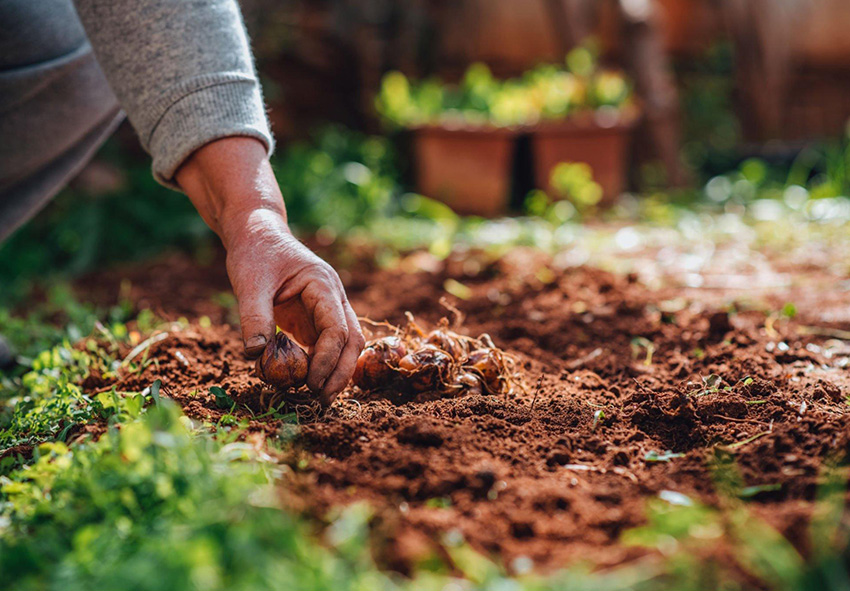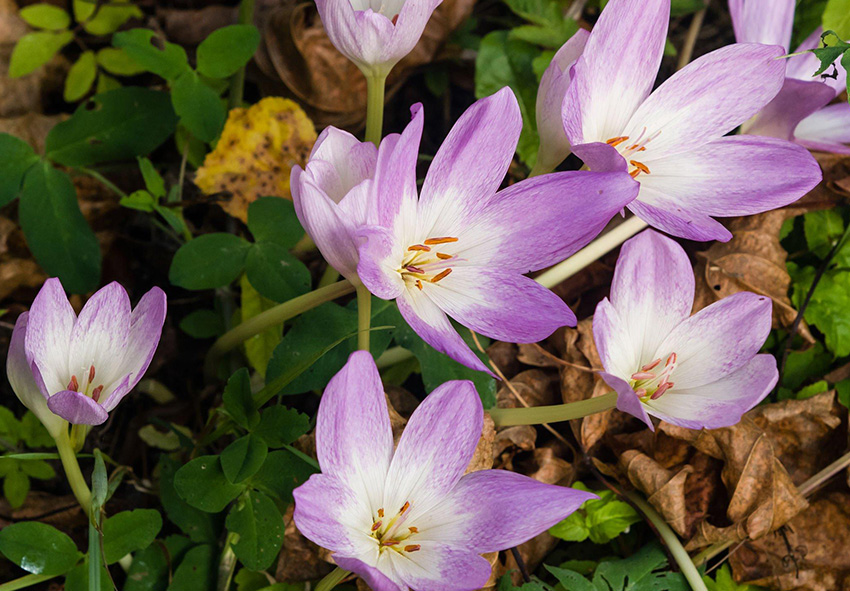Welcome to our comprehensive guide on planting and caring for Colchicum Autumnale, a stunning flowering plant that will add a touch of beauty to your home interior or garden. In this article, we will delve into the growth cycle of Colchicum Autumnale, discuss the best time for planting, provide tips on assessing soil conditions, offer a step-by-step guide for planting, share essential care practices, and even explore ways to extend the blooming season. So, let’s dive in and discover the secrets of nurturing this remarkable plant.
Understanding Colchicum Autumnale Growth Cycle:
Before planting Colchicum Autumnale, it’s important to understand its growth cycle. This plant flowers in the fall and then enters into a dormant period during winter. In the spring, it begins to grow leaves, which die off in the summer. Knowing this growth cycle will help you determine the right time to plant and care for your Colchicum Autumnale.
Determining the Right Time to Plant Colchicum Autumnale:

The best time to plant Colchicum Autumnale bulbs is in the late summer or early fall, just before the first frost. Planting at this time allows the bulbs to establish their roots before the winter dormancy period. If you missed the fall planting season, you can still plant in the early spring before the plant begins to grow leaves. However, keep in mind that planting in the spring may delay the blooming period.
Assessing Soil Conditions for Colchicum Autumnale:
Optimal growth of Colchicum Autumnale, also known as autumn crocus, is achieved in well-draining soil that possesses a generous amount of organic matter. Striking a balance between soil moisture is crucial, as excessive wetness or dryness can result in rotting or dehydration of the plant. Enhancing drainage and nutrient availability can be achieved by incorporating compost or other organic materials into the soil. In the case of container planting, ensure the presence of drainage holes to prevent waterlogging and maintain healthy growing conditions.
Step-by-Step Guide for Planting Colchicum Autumnale:
Here’s a step-by-step guide for planting Colchicum autumnale, commonly known as autumn crocus or meadow saffron:
- Choose a location with partial shade to full sun. Colchicum Autumnale can tolerate full sun, but it prefers partial shade in hot climates.
- Prepare the soil by adding organic matter and ensuring good drainage. Till the soil to a depth of 8-10 inches and mix in compost or well-rotted manure.
- Dig a hole that is two to three times the height of the bulb. The depth of the hole should be about 4-6 inches.
- Place the bulb in the hole with the pointed end facing upwards. If you’re planting multiple bulbs, space them about 6 inches apart.
- Cover the bulb with soil and water thoroughly. Make sure the soil is moist but not waterlogged.
- Mulch the area with a layer of organic matter to retain moisture and suppress weeds. You can use shredded leaves, straw, or bark.
Essential Care Practices for Colchicum Autumnale:

Colchicum Autumnale requires minimal care once established. Keep the soil moist but not waterlogged, and avoid fertilizing during the dormant period. In the spring, apply a balanced fertilizer to encourage growth. Deadhead the flowers as they fade to prevent the plant from expending energy on seed production. In the fall, you can leave the foliage to die back naturally, or you can cut it back to the ground.
Extending the Colchicum Autumnale Blooming Season:
Colchicum Autumnale blooms for a short period in the fall, but you can extend the blooming season by planting different varieties that bloom at different times. You can also plant bulbs in containers and move them indoors during the winter to force early blooming. Colchicum Autumnale looks beautiful as a cut flower, so you can bring it indoors to enjoy its beauty.
Conclusion
In conclusion, Colchicum Autumnale is a beautiful plant that can add color and elegance to any garden or home interior. It’s easy to grow and requires minimal care once established. By following these tips and guidance, you can successfully grow and care for this stunning plant, and enjoy its beauty for years to come. So, if you’re wondering when to plant Colchicum Autumnale, the answer is now! Get your bulbs and start planting.
Frequently Asked Questions (FAQs) about Colchicum Autumnale
1. What is Colchicum Autumnale, and when is the best time to plant it?
Colchicum Autumnale, commonly known as Autumn Crocus or Meadow Saffron, is a stunning fall-blooming flower. The ideal time to plant Colchicum Autumnale bulbs is during late summer to early autumn, usually in August or September. Planting during this period allows the bulbs to establish their roots before the ground freezes, ensuring vibrant blooms in the following fall.
2. How deep should I plant Colchicum Autumnale bulbs?
Plant Colchicum Autumnale bulbs at a depth of 3-4 inches (7-10 cm) in well-draining soil. Ensure they receive adequate sunlight, ideally in a location with partial to full sun, to promote healthy growth and blooming.
3. Are Colchicum Autumnale flowers available for purchase in your online store?
Yes, you can order Colchicum Autumnale bulbs from our online store. We offer a wide selection of high-quality bulbs to help you create a beautiful autumn garden. Our bulbs are sourced from reputable growers and are suitable for various gardening needs.
4. Do Netherlands Colchicum Autumnale flowers require any special care or maintenance?
Colchicum Autumnale is relatively low-maintenance. After planting, ensure they receive consistent moisture, but avoid waterlogged soil. Mulching can help maintain soil moisture and provide protection during the winter. These flowers are generally deer-resistant, making them an excellent choice for gardens prone to deer browsing.
5. Can I divide Colchicum Autumnale bulbs once they've matured?
Colchicum Autumnale bulbs can be divided, but it’s best to do so during their dormant period, which is in early summer after they have finished flowering. Carefully lift the clumps, separate the bulbs, and replant them at the recommended depth. Division can help rejuvenate crowded clumps and encourage better flowering.
Published: 29.05.2023
